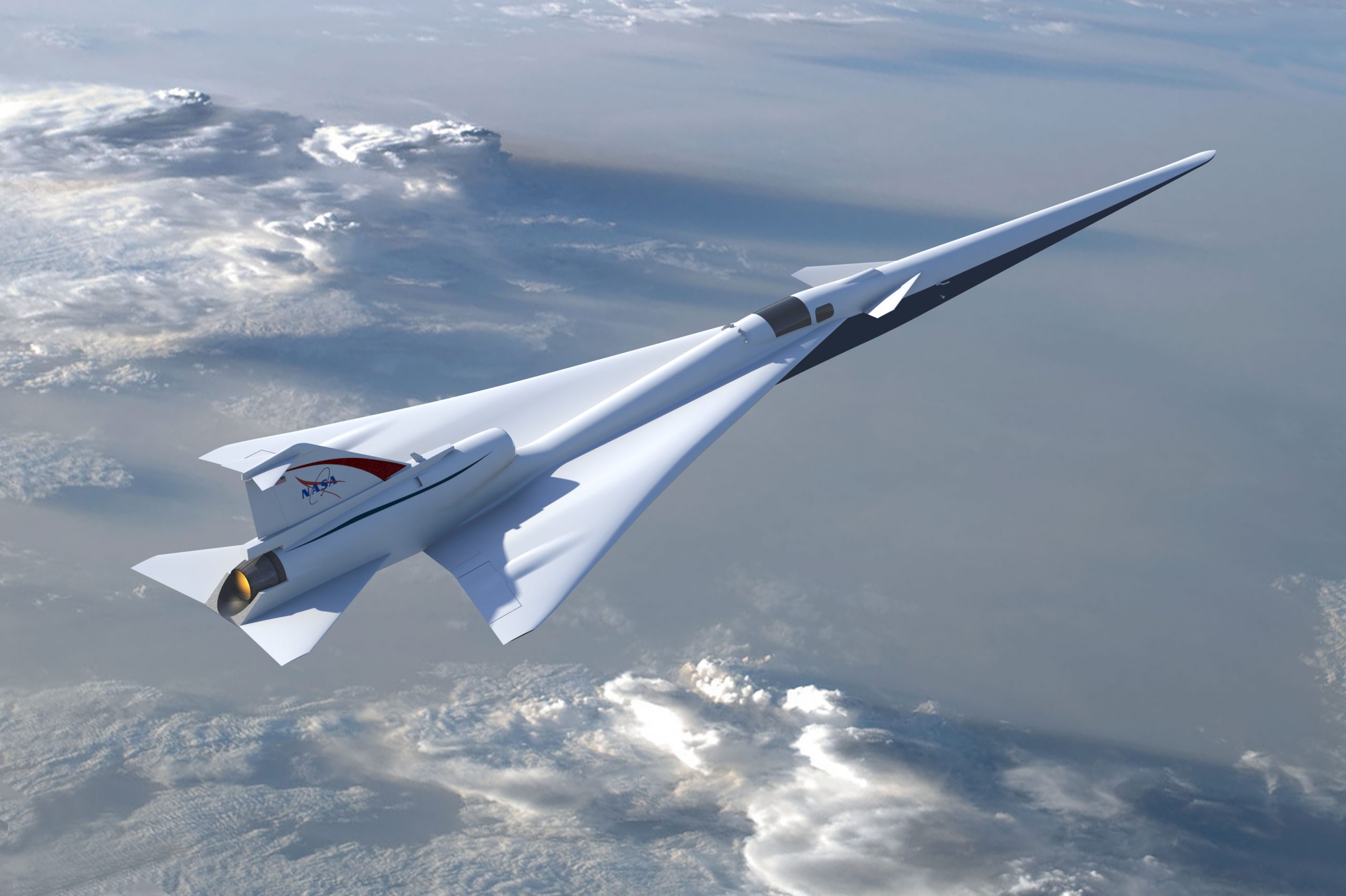NASA makes updates on the quietest supersonic aircraft in history

NASA has announced that the X-Plane project developing the quietest supersonic aircraft ever is well underway, and the first-ever ultra-quiet supersonic aircraft is now in the stage of construction.
Lockheed Martin, an American global aerospace, defense, security and advanced technologies company is behind the aircraft that will revolutionize passenger aviation. The prototype, code name X-59, will take precedence of a full passenger version that will eventually be introduced to consumer airlines. According to NASA, the prototype will be able to fly at the speed of 1600km/h. More excitingly, the ultimate passenger version will be able to travel at an unprecedented speed of 3000 km/h. Prototype X-59 will be ready by the end of 2020.
The successor to Concorde will be able to fly much higher than ordinary passenger aircraft at an altitude of nearly 17km above ground. What’s more, the most outstanding attribute of the supersonic jet of the future is that it will be extremely quiet when crossing the sound barrier.
Exactly how quiet will it be? Modern Quiet Supersonic Technology (QueSST) reduces the noise level of jets crossing the sound barrier from 90 dB to 75, and according to NASA, X-59 shall ultimately lower it to just 60 dB. This means that planes will be able to reach higher speeds even over cities, right after taking off from the airport and sustain its high-speed up until landing.
Before the ultra-fast Concorde, this was not possible at all. Flying at speeds above the sound barrier was only permitted in regions far away from cities, which meant travel time had to be significantly extended due to noise concerns.
Lockheed Martin received nearly $250 million from NASA to build a technology demonstrator that will be ready for its first test flights in mid-2021. Then, NASA will begin test flying over cities and test landing at various airports.
To test out the latest QueSST, NASA will be examining results from test flights to see whether the thundering roar of crossing the sound barrier is actually quieter than current supersonics. And at the end of the day, urban residents are the largest stakeholder of aircraft noise pollution, which is why NASA has plans to collect feedback from city dwellers in affected areas.
In addition to NASA and Lockheed Martin, supersonic aircrafts of the future are also being built by startup Boom in partnership with billionaire Sir Richard Branson, who is the founder of the Virgin Group. The ‘XB-1’ is currently under advanced development at Boom Aerospace in the United States and everything indicates that we’ll see the first demonstrator of the quiet super-speed jets at the end of next year.
The build of the full-size passenger version will be based on results from the demonstrator. According to the company’s plans, the passenger planes will seat 55 passengers comfortably. Traveling at the speed of 2700 km/h, the aircraft will only take 2.5 hours to get travelers from London to New York, significantly faster than the current traveling time of 8 hours. The current schedule predicts that the passenger plane will see the light of day in 2027.





